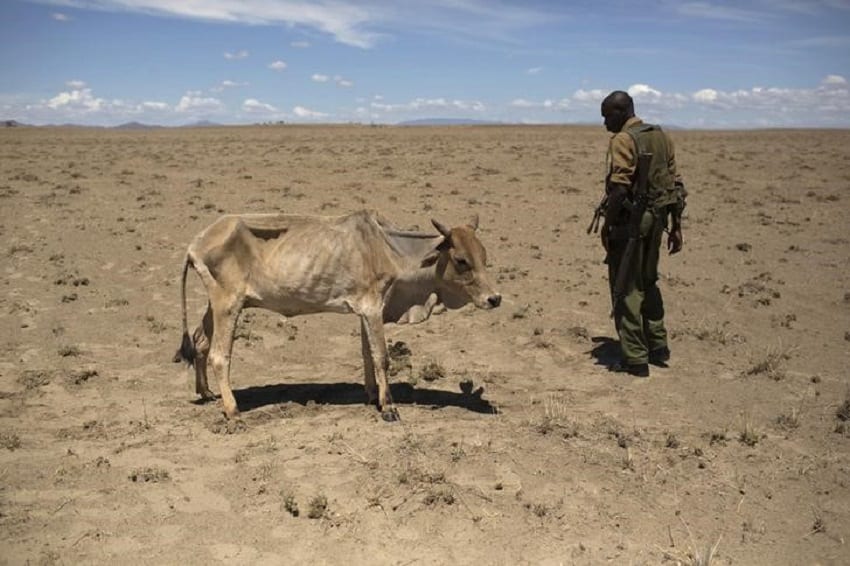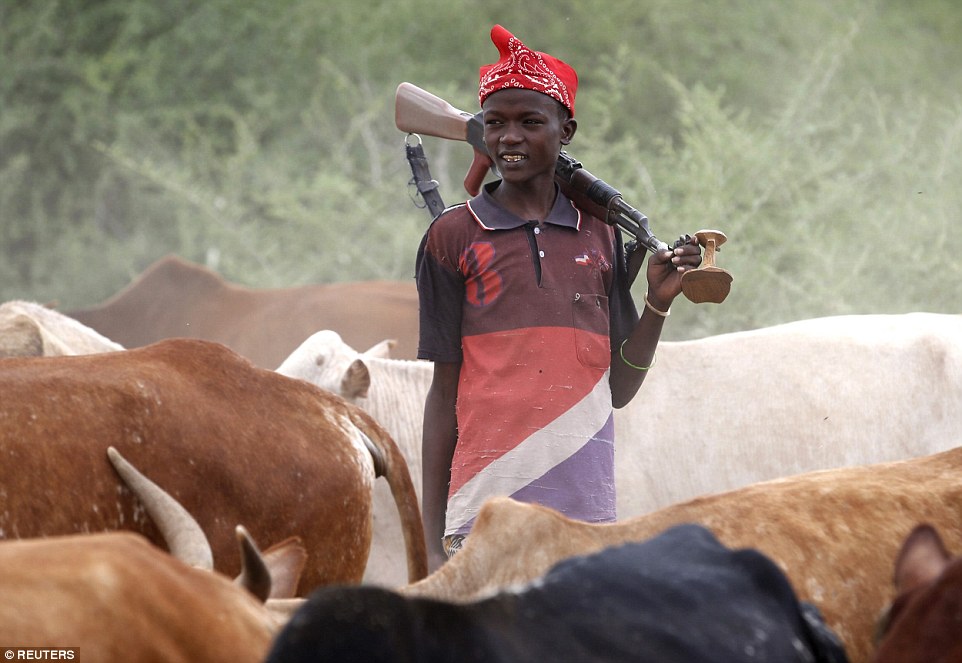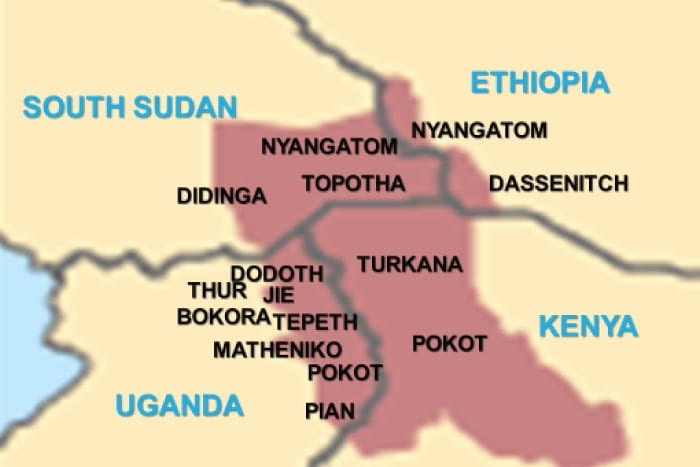The shared challenge of climate change can open a window of opportunity to facilitate peacebuilding, as demonstrated by the Turkana and the Dodoth, an exemplary case of cross-border collaboration.
To understand what happened it helps to look at the environment in which both the Turkana and the Dodoth live. Resource scarcity has characterized life within the Karamoja cluster, along the borders of north-western Kenya, north-eastern Uganda, south-eastern Sudan and south-west Ethiopia. Pastoralism has always been the way of the Karamoja people. For time immemorial, it is their link to life, the basic commodity and currency for trade is livestock.
The region chronically suffers from a lack of water, constrained local crop production, and reduced forage for livestock as a result of climate change. With temperatures continuing to rise and diminished quantity and frequency of rainfall, inhabitants must find coping and adaptation strategies to survive.
One of the most pressing concerns for the region’s inhabitants is the reduction in available water and forage for livestock production: In that sense, both the Dodoth and Turkana face the same climate change challenges.
To address these challenges, inhabitants must frequently travel to access resources to maintain their livelihoods. These movements often follow established patterns and pathways. However, climate change, by pressing down on available resources, has disrupted traditional systems used to manage these migrations.
The Turkana often experience a severe reduction in their access to water and available grazing land in Kenya. In order to cope, they frequently migrate across the border between Kenya and Uganda onto Dodoth land to graze their livestock.
Recently, the Turkana have been forced to stay for longer periods of time, and tensions have flared with the Dodoth as a result. The Turkana’s existing relationship with the Dodoth was consequently strained due to increasing competition over scarce resources.
Moreover, adding to the challenge of climate change, an influx of weapons from South Sudan further reduced their ability to peacefully manage these migrations. The problem, however, was not entirely new and had started a long time ago: The tradition of cattle raiding and availability of arms since the 1960s and 70s exacerbated the conflicts between local tribes as they turned more and more violent.

Mercy Corps, an organization that deals with cross border peace among the pastoralists, facilitated a peacebuilding process between the two tribes through their PEACE III program. The peacebuilding process successfully promoted intercommunal cooperation around shared interests that reduced conflict and provided a space for the two communities to pursue alternative livelihoods and climate change adaptation strategies.
In Loyoro and Lake Turkana, the facilitation of resource-sharing agreements between conflicting communities helped to support adaptation strategies and further enabled a recognition of common threats. The peace that resulted from this process created environments for collective decision-making on adaptation strategies, which had significant positive impacts.
Related Articles: Combating drought in the Dry Corridor of Guatemala | We Can End Hunger and Meet Climate Goals For an Extra USD 14 Billion per Year | Ecological Threats, Conflict and Displacement Crises in Syria
Firstly, there was improved trade due to the new peaceful co-existence between Dodoth and Turkana.
As a result, the trading of livestock and other marketplace goods increased, which developed economic interdependence. Furthermore, social bonds were strengthened between the communities, as interactions between the groups increased.
Secondly, following the successful creation of a shared marketplace, both the Turkana and Dodoth discussed ways to share resources for peace dividend projects. Peace dividend projects were used to enhance cooperation, and thereby improve resource access, reduce conflict, and reduce environmental degradation.

Thirdly, the resource-sharing agreement has strengthened the relationships between the Kenyan and Ugandan local governments, specifically with their respective sub-counties. Together local governments in Kenya and Uganda established guidelines and principles that allow for the peaceful movement of tribes pursuing their respective climate change adaptation strategies. Furthermore, it has enabled collaboration on the provision of financial support for the Turkana — who now spend longer periods in Uganda and increasingly access Ugandan health, education and other social services.
Finally, collaboration has permitted the two governments to focus on shared issues of weapons, as tribes in Uganda are largely unarmed, whereas north-west Kenya is awash with small arms. The two governments have worked to ensure that Kenyans moving into Uganda do so unarmed, and when Ugandans cross into Kenya the government provides for their security to enable reciprocal migrations.
At the heart of this process, is a shared recognition of experiences of climate change, which has increased cooperation to adapt to its social, economic and environmental impacts. The peacebuilding process has reduced conflict risks and strengthened social cohesion in the Karamoja Cluster.
This story was supplied by Mercy Corps to the Institute for Economics & Peace’s (IEP) Vision of Humanity.
Editor’s Note: The opinions expressed here by Impakter.com columnists are their own, not those of Impakter.com.
In the Featured Photo: A Turkana boy herds cows as he carries a rifle in northwestern Kenya. Featured Photo Credit: REUTERS/Goran Tomasevic













